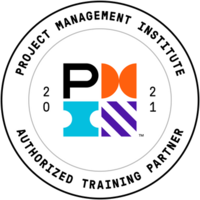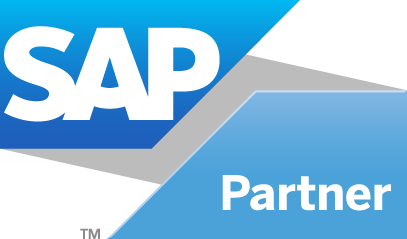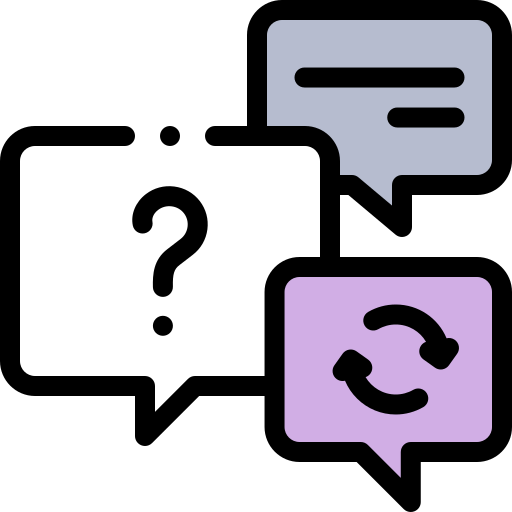
Aprende en Comunidad
Avalados por :





Transformación del tratamiento del cáncer: Sociedad Americana de Oncología Clínica y SAP unen fuerzas
- Creado 01/03/2024
- Modificado 01/03/2024
- 1 Vistas
0
Cargando...

|
SAP
News Partnership for Personalized Cancer TreatmentJanuary 21, 2015 By Robin Meyerhoff |
SAP is teaming with the American Society of Clinical Oncology to bring oncology data and expertise from ASCO onto the SAP HANA platform. Doctors will
get new insights in seconds, not years. The World Health Organization estimates that cancer is among the leading causes of morbidity and mortality worldwide. The number of new cases is expected to rise by about 70% over the next two decades, from 14 million in 2012 to 22 million in 2032.
SAP is committed to fighting cancer and improving care for cancer patients. Last year, SAP announced a new program for its employees to receive free personalized treatment service through its partner, MolecularHealth. SAP has also collaborated to advance cancer treatment with
prestigious research organizations such as the National Center for
Tumor Diseases in Heidelberg, Germany . Now SAP is teaming with the American Society of Clinical Oncology (ASCO) to develop CancerLinQ, a solution that will transform care for cancer patients
worldwide. The collaboration brings oncology data and expertise from ASCO (a non-profit physician group with over 35,000 members worldwide) onto the SAP HANA platform, to offer CancerLinQ as the solution of choice for oncologists.
When complete, CancerLinQ will unlock real-world patient care data from millions of electronic health records and other sources like clinical trial
data. Because the solution is powered by SAP HANA, doctors will get new insights in seconds not years, when they are deciding on treatment plans with patients; and patients will know they are receiving the best quality of care, based on the latest data. ASCO will work with SAP to develop the first version of CancerLinQ, scheduled for release in late 2015. Eight oncology practices around the U.S. have agreed to provide patient records and seven more large cancer centers will soon join this effort. This means data from approximately 500,000 patients will be
represented in the first version of CancerLinQ. SAP HANA provides a critical differentiator for ASCO. The Big Data solution pulls in patient data from many different sources, such as clinical information
systems, tumor registries, biobank systems and even text documents like a physician’s notes. Additionally, the solution can access patient’s medical
history, providing one holistic picture that can be analyzed to prescribe the optimal treatment.
Pedro Pascal
Se unió el 07/03/2018
Facebook
Twitter
Pinterest
Telegram
Linkedin
Whatsapp
Sin respuestas
 No hay respuestas para mostrar
Se el primero en responder
No hay respuestas para mostrar
Se el primero en responder
contacto@primeinstitute.com
(+51) 1641 9379
(+57) 1489 6964
© 2024 Copyright. Todos los derechos reservados.
Desarrollado por Prime Institute
Hola ¿Puedo ayudarte?

